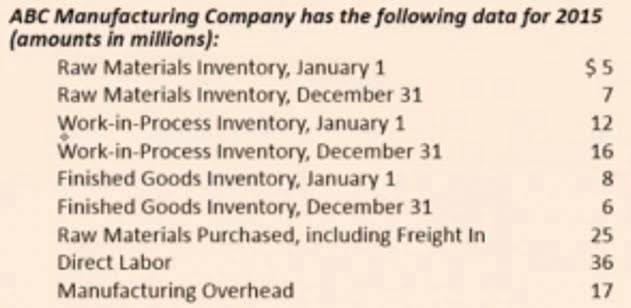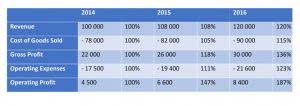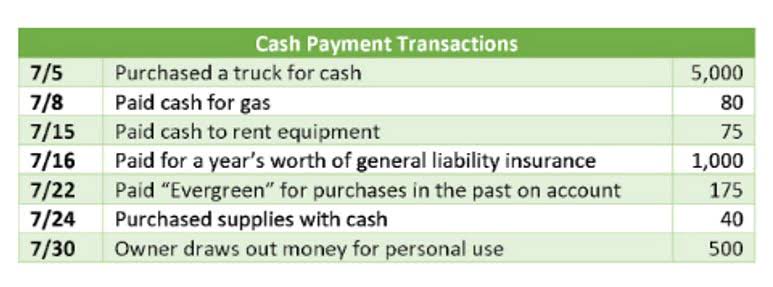ARR annual recurring revenue defined and how to calculate it

When employees are compensated based on recurring revenue growth, it often leads to better alignment of business goals and employee incentives. For instance, if a customer signs a two-year contract for $12,000, the ARR would be $6,000 per year. ARR focuses solely on predictable, recurring revenue and excludes one-time payments, professional service fees, and other non-recurring income streams. In today’s competitive business landscape, achieving Bookkeeping vs. Accounting sustainable growth and financial stability is paramount for organizations across industries.
- Annual recurring revenue (ARR) is a common topic at SaaS board discussions and provides the starting point for most SaaS financial planning and analytics (FP&A) projections.
- Cancellations factored into an ARR calculation will almost always contribute to your overall churn rate or the rate at which your customers cancel their subscriptions without returning.
- They’re not the only ones who see growth rates skyrocket in the early stages of a business.
- This feeds into financial projections and can help companies understand both short-term and long-term cash flows.
- Still, it’s also relevant for any business with subscription-based revenue streams, such as streaming platforms, membership services, and more.
Reduce churn

To complete our MRR revenue build, the roll-forward mechanics update each month by adding the Net New MRR to the prior period MRR. In Month 1 of 2024, the SaaS company generated $50k in initial MRR (i.e., the ending MRR in the prior month). Historically, the traditional software pricing model consisted of one-off annual recurring revenue sales (i.e. non-recurring transactions). Also, make sure you’re not blindsided by existing customer risk during this process.
Increases Investor Confidence
If a customer signs a base contract with a minimum spend, that amount can count toward ARR. However, retained earnings balance sheet variable or overage charges should not be annualized unless they are contractually guaranteed, as this may overstate true recurring revenue. ARR is more than just a number on a dashboard — it’s the foundation of how SaaS businesses are valued, managed, and financed.
Components to include and exclude in ARR calculations
Evaluating customer satisfaction is crucial in gauging the success of a product or service. To measure said success, businesses can observe changes in the ARR over time. While recurring upgrades and add-ons indicate that customers highly value the product or service, churn and downgrades suggest a sense of uncertainty or dissatisfaction. Subscriptions that have terms that are less than one year shouldn’t be recorded in ARR. These types of short-term contracts often allow for subscription cancellation within 30 days.
Retaining customers means that your product is aligned properly with a value metric you are in tune with your customer personas. This naturally paves the way for more MRR/ARR by expanding the width of retained customers as well as expanding the length of the customer lifespan. Give them incentive to upgrade within your product by aligning the product with your value metric. Our new set of developer-friendly subscription billing APIs with feature enhancements and functionality improvements focused on helping you accelerate your growth and streamline your operations. Learn at your own pace with real-world case studies, including an exclusive McDonald’s financial model, and receive a certificate upon completion to enhance your career prospects.
- Additionally, you should exclude revenue from customers expected to churn or cancel their long or short-term subscriptions.
- In fact, ARR provides the basis for several KPI-based SaaS planning processes and projections and plays a key role in the valuation of SaaS companies.
- The bottom line is that while ARR is a key metric for SaaS companies, it is not exactly “the one metric to rule them all” – at least, not for all companies in the sector.
- With ARR, you can analyze the business’s performance across the years and against its competitors.
- While ARR is sometimes oversimplified as “MRR x 12,” that basic formula assumes monthly billing and no churn, expansion, or contraction — which rarely reflects reality.
- Another trend is combining ARR with Net Revenue Retention (NRR) — the percentage of ARR retained and expanded from existing customers.

Topline Revenue, also known as gross revenue, represents the total amount of revenue generated by a company in a given period without deducting any expenses. The first line item in a company’s income statement represents its total sales before subtracting any costs. While Topline Revenue provides a broader picture of a company’s overall revenue, ARR is more focused on the stability and predictability of a company’s recurring revenue streams. Add-ons and expansion revenue are from additional products or services offered to existing customers, while one-time fees refer to revenue generated from single transactions. The Customer Acquisition Cost (CAC) is the cost of acquiring a new customer, including marketing and sales expenses to bring a customer on board. One important metric used in this context is the Annual Recurring Revenue (ARR).


ARR is a useful metric for product managers and user experience professionals as it provides insight into the sustainability of a company’s customer base and the potential for growth. ARR is also a key indicator of a company’s financial health and can be used to compare the performance of different products or services. Companies are sure to collect on these payments until customers terminate their subscriptions.
Get retail insights
It’s also a key component of the formula for forecasting ARR to estimate your year-end revenue, which can help you proactively identify problems that need fixing. For instance, if your actual ARR lags your projections, you can dive deeper into your go-to-market (GTM) team’s performance to investigate any issues. Annual recurring revenue (ARR) is a common topic at SaaS board discussions and provides the starting point for most SaaS financial planning and analytics (FP&A) projections. However, it can be easy to confuse ARR in the SaaS context with a couple of other financial metrics that share the same acronym (“annual run rate” and “accounting rate of return”). In other words, ARR is the total amount of revenue a company expects to receive from customers who have committed to renewing their subscriptions at the same rate for another year.